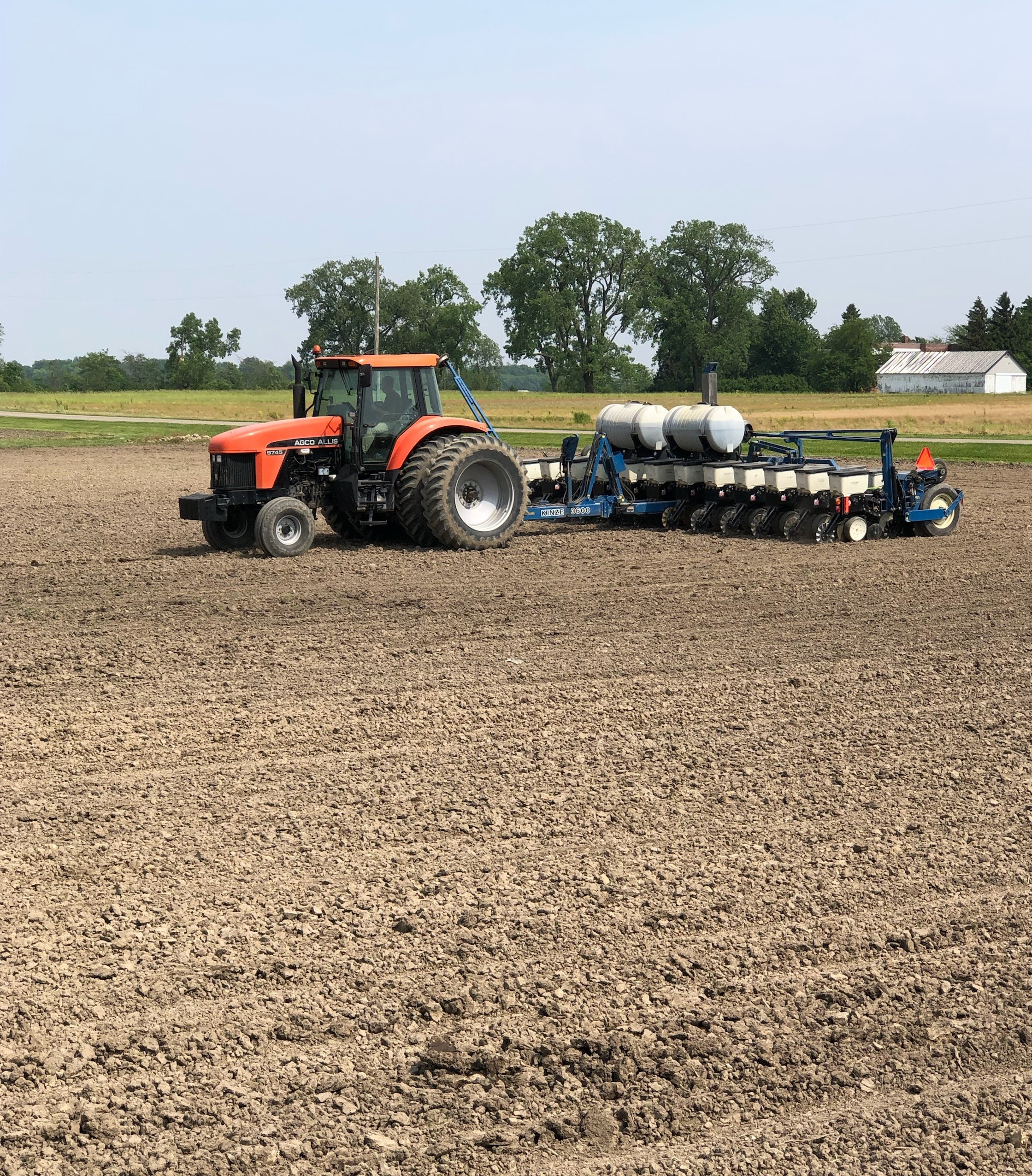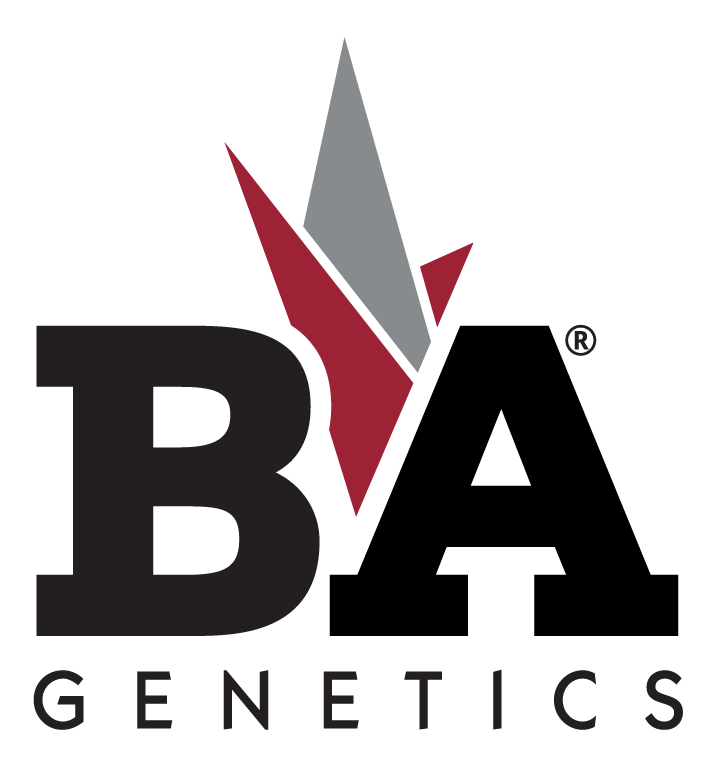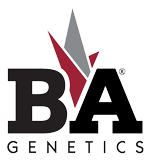
SPRING PREPARTATION interview with Director of Agronomy, Mark Beamer
What are some ways farmers can get ready for the spring?
First off, most farmers have already started bringing their planters, tractors and field cultivators into their shop for pre-season mainentence. If you haven’t started this process, it’s time to do so. Secondly, farmers need to start thinking about, or getting ready to apply spring pre-plant ammonia, spreading fertilizer, and spraying burndown on both corn and soybeans. Lastly, it’s time to start taking deliveries of seed so that when the ground is ready, you’re ready to plant.
Can you give us a little more insight into seed deliveries and planting?
Our EdgeUp® Advisors are meeting with their B&A Genetics® growers to arrange seed deliveries. The first step in the delivery process is when the EdgeUp Advisors go out and look at the farmers storage area and inspect where they store their seed. We want to make sure the seed is stored in a cool and dry area free of any rodents that might damage the bags.
Then, they’ll set up a date for the delivery, and at that time the EdgeUp Advisor will also review the crop plan for both corn and soybeans. They will discuss with the farmer about the planting order, if minor changes need to be done to the 2020 crop plan, this is when they will adjust.
You mentioned pre-season maintenance on equipment. Can you go into further detail?
A lot of farmers have a maintenance schedule they follow for their equipment. There are some critical areas they want to check that are important to keep equipment rolling in spring.
Having your planter ready is imperative because planting sets the tone for whole the growing season. We work with growers to help them achieve uniform plant depth, spacing, and emergence—which leads to uniform pollination for maximum yields. All of this starts with making sure the planter is well maintained and ready to go when the soil conditions are fit.
When it comes to your planter, there are several important areas farmers should pay special attention to:
- Double disc openers: They should check the bearings and replace the blades if they are worn out.
- Row Cleaners: Growers also need to check the row cleaners for wear and replace as needed on no-till planters. It is important to make sure the Seed Meters to your equipment dealer or Precision planting dealer to be calibrated.
- Bushings and Parallel Linkage: Wore out bushings increase row bounce and cause the row unit to wiggle back and forth, affecting the placement of the seed.
- Drive System: Check all components like chains, transmission and bearings, and lubricate if need be. A well operating drive system limits shock and vibration to the meter system.
- Seed Tubes: Look for worn areas, especially “dog ear” areas that might catch seed and replace them. If you use seed firmers check for wear and tear, and if you use in-furrow fertilizer, check for plugged holes.
- Closing Wheels: Make sure the closing wheels are aligned properly and wore gauge wheels are replaced if needed.
Additionally, a properly maintained field cultivator helps prepare the seed bed for planting. For best results replace the shovels if worn out. Also replace and grease any worn out bearings on the rolling baskets. If you use starter with fertilizer, check all the hoses and make sure the pump is working properly. Finally, I like to check the wiring to make sure that it has not been torn, pinched, or eaten on by rodents.
After all this is done, and as we get closer to planting take a bag seed and put a little in each box to properly calibrate your monitor.
Mark, you said farmers will be putting on anhydrous ammonia and dry fertilizer. Do you have any advice on application?
If I’m a farmer applying dry phosphorus and potash in spring, I like to see it applied 30-60 days ahead of planting if possible, and as close to planting on highly erodible soil. The rates should be based on soil test levels and yield goals. This will allow time for it to start becoming available for the plant to take up during the growing season. If you apply ahead of an anhydrous ammonia application, you can get some incorporation of your P and K.
Anhydrous Ammonia
When applying anhydrous ammonia, I like to see it applied 7”-10” deep with good working sealers. If you have GPS guidance, apply it in an offset of 4”-6” from anticipated rows. It is best to apply it at least 7-10 days or more ahead of planting to avoid injury. After application, it can diffuse 5”-6” in the first 24 hours. To prevent injury, we do not want to plant over the row and allow time for it to diffuse in the soil zone and convert to a safer form of nitrogen.
Low rates at 100 pounds per acre cause less injury than rates of 200 pounds per acre. The more time you allow between ammonia application and planting, the lower your risk of injury. You can apply nitrogen stabilizer to keep it in a form that reduces leaching and prevents it from moving away from the growing zone.
Dry Nitrogen
If a farmer is applying dry nitrogen, like urea, ammonium sulfate, or ESN, or a combination of all three, I like to see it applied as close to planting and incorporated if possible, to prevent volatilization. You can apply a urease inhibitor to the dry nitrogen fertilizer to prevent volatilization if you’re applying to the surface, especially in a no-till environment. Your overall goal should be to apply as close to planting as you logistically can to maximize nitrogen uptake and minimize nitrogen loss.
Manure Application
We work with a lot of customers who have livestock and farm in a sensitive water shed and have restrictions on applying manure from December to early spring, usually until March sometime depending on the watershed they are in.
Their barns or pits are full of manure that needs to be applied to a field. First, you should follow your local guidelines on whether you apply by phosphorus content, nitrogen content or both, based on your fertility plan and soil sample levels.
I like to see it applied in proper conditions that minimize any soil compaction and incorporate a minimum of 7-10 days ahead of planting if possible. I have seen some manures applied right ahead of planting that can cause ammonia injury to seed and roots due to the ammonia content in manure. We need to give it time, just like anhydrous ammonia, to convert to a safer form of nitrogen. Finally, after application and planting and when the corn is starting to emerge, I like to pull a soil nitrate test to see how much nitrogen I am getting from the manure and adjust my side dress nitrogen as needed.
That is some great information for the farmers out there. One of the areas we haven’t talked about yet is spring burndown of weeds. What can they do to control weeds early in the spring?
We not only need to think about early spring weed control, but how to terminate a potential cover crop a farmer may have planted last year. A lot of prevent plant acres from 2019 have a cover crop on them, so a farmer needs plan how to terminate that cover crop based what they planted.
A grower has a lot of options to control weeds in the spring:
Tillage
Tillage is an option that is used in a conventional system, where a grower can work the ground to remove the weeds, maybe to disc in a cover crop area, if that was part of their termination plan.
Herbicide
If a farmer is no till, getting a herbicide on is important to control weeds. Most burndowns consist of glyphosate and 2, 4-D or Banvel and residual. If using 2,4-D or Banvel, make sure to follow the appropriate plant back restrictions. A lot of residual herbicides can be applied up 30 days ahead of planting through pre-emergence. Farmers always need to remember to read and follow the label regarding application.
I like to recommend growers pick a residual that targets some of their most troublesome weeds, maybe it’s marestail, ragweed, waterhemp, lambsquarter, or foxtail to name a few. There are a lot of good herbicide residuals out there for farmers to choose from to target their most troublesome weeds. Another benefit of residual herbicides is that it provides a wider post application where we want to target our post application when the weeds are 4” or less to get our best control.
Xtend® Soybeans – Dicamba
If you are planting Xtend soybeans you can spray the appropriate labeled Dicamba before, at or after planting. If the conditions are dry after application you can get up 14 days residual on some broadleaves.
Overall, farmers just have a lot of options out for early season weed control.
Mark, thank you for taking time to talk with us today and giving some great advice that farmers will find helpful.
THE STATEMENTS MADE HEREIN ARE RECOMMENDATIONS ONLY AND MAY NOT BE APPROPRIATE FOR YOUR SPECIFIC SITUATION. ALWAYS FOLLOW ALL LABEL GUIDELINES AND TALK TO YOUR AGRONOMIST OR CHEMICAL REPRESENTATIVE BEFORE USING AND APPLYING ANY AGRICULTURAL NUTRIENTS, PESTICIDES, HERBICIDES, OR OTHER AGRICULTURAL PRODUCTS. HANDLE ALL AGRICULTURAL PRODUCTS WITH CARE AND APPLY ONLY AS DIRECTED. B&A GENETICS, LLC MAKES NO WARRANTY WHATSOEVER, WHETHER EXPRESS OR IMPLIED, WITH RESPECT TO THE STATEMENTS MADE HEREIN.

